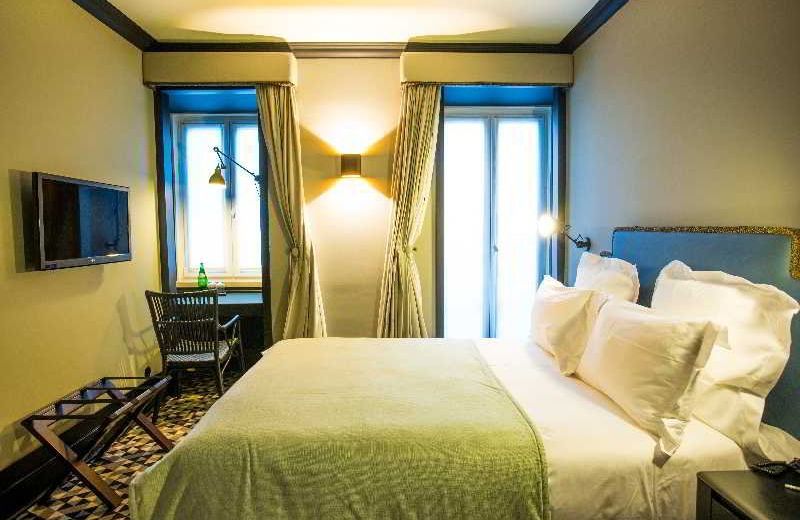Why choose this Lisbon tour ?
This 2 full days Tour Package departs from Lisbon. Includes: 1 night stay in a Standard Room in a 4 or 5 star hotel with breakfast daily, plus 2 lunch and 1 dinner.
This is a full day private tour to the Algarve ward coast from Faro -Lagos and Sagres. The Algarve is Portugal’s southernmost region, and one of the most popular vacation destinations in Europe. Blessed with a superb coastline and some of the country’s loveliest beaches, the province enjoys hot, dry summers and short, mild winters. Warm sea temperatures and gentle winds add to its allure.
We will visit: Sagres Fortress; Sagres Village; Vila do Bispo; Cape St. Vicente (Lighthouse); Golden Chapel at St Antonio Church; Lagos historical center; Portimão, Albufeira and Faro
Make the most of your Lisbon adventure
Tour Description & Additional Info:
- Not recommended for pregnant travelers
- Public transportation options are available nearby
- Specialized infant seats are available
- Suitable for all physical fitness levels
- Children must be accompanied by an adult
- Coronavirus Safety Measures – The safety and well-being of everyone who uses our services are always our priority. We are actively monitoring the coronavirus (COVID-19) situation and are taking steps to help keep our customers safe.
- We’re certified by the Official Tourism entity ‘Turismo de Portugal’ with the hygiene certification stamp ‘Clean & Safe’.
- For our safety, we operate only private tour and pick-up/drop-off all passengers. We clean and disinfect our vehicles every tour and we provide hand sanitizer and masks to our customers.
- Our guides are experienced professionals, courteous and drive defensive and safety with only one objective to ensure your safety and satisfaction.
Options To Choose for Your Trip:
- Private Algarve Faro Tour from Lisbon 2 days all included
Add
Pickup included
Private Algarve Faro Tour from Lisbon 2 days all included Inclusions:
Included with Your Ticket
- Hotel pickup and drop-off
- Private tour
- All taxes, fees and handling charges
- Wine tasting
- Driver/guide
- Overnight accommodation
- Transport by air-conditioned minivan
Trending Lisbon Nearby Tours Likely To Sell Out
Special Instructions:
- This Tour is Provided by Knight Riders Tourism.
- Tour Timezone & Starts at Europe/Lisbon.
- Mobile or paper ticket accepted.
- If you cancel at least 3 full day(s) before the scheduled departure time, you will receive a full refund.
If you cancel within 3 day(s) of the scheduled departure, you will receive a 0% refund. - This Tour is Rated 5 Stars based on 2 valid reviews on VIATOR.
- Minimum 1 Travelers is required to book.
- Maximum 15 Travelers is accepted for booking.
• Confirmation will be received at time of booking
• Children must be accompanied by an adult
• Not recommended for pregnant women
• Not wheelchair accessible
Times are subject to change due to local traffic conditions.










